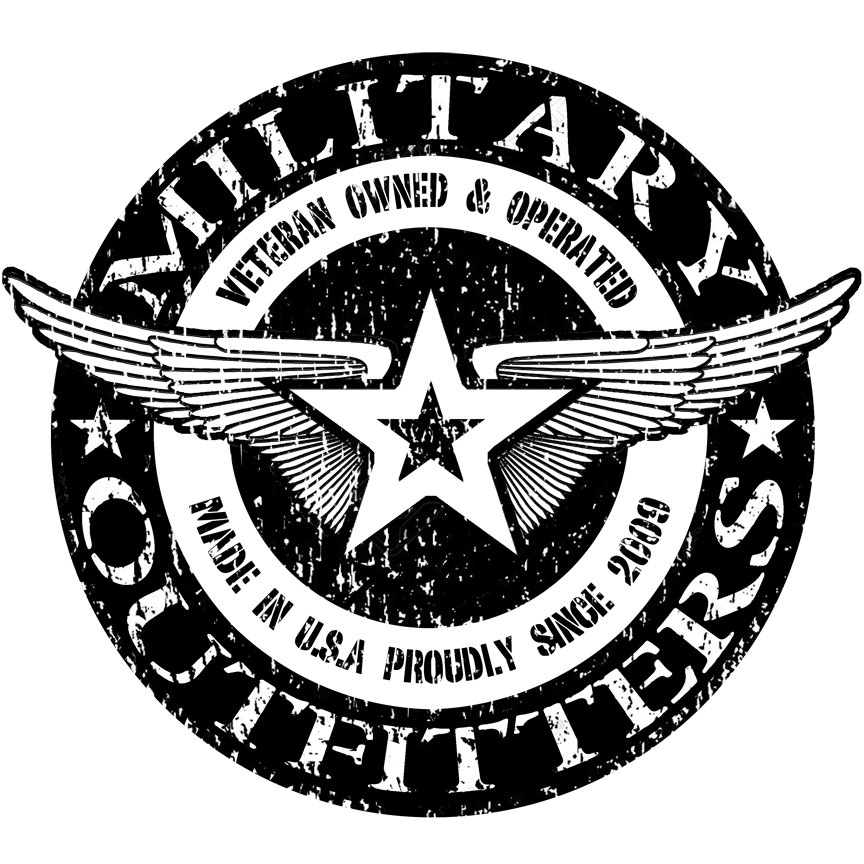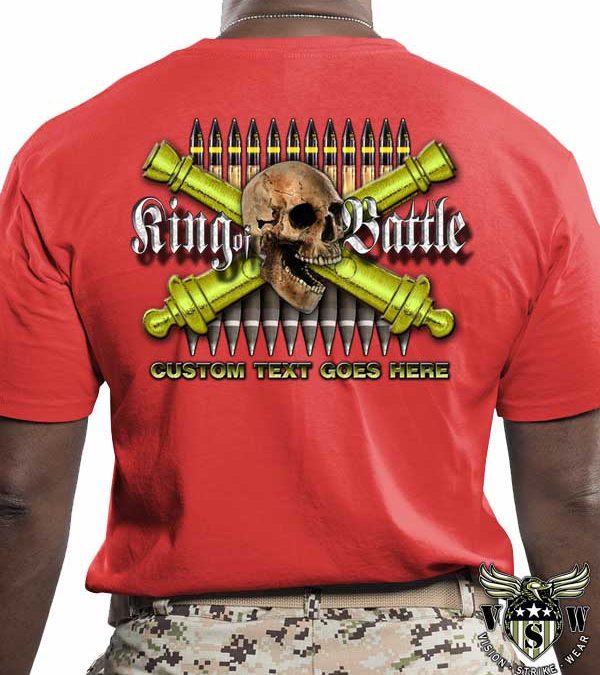US MARINE ARTILLERY KING OF BATTLE!
Imagine having to sleep in the mud with rain pouring down on you for days on end. If you’re one of the lucky ones, you get to bunk in the hard confined back of an M23 7-ton vehicle. Then imagine having to wake up having to move a 16,000 pound gun several times in one day. This is no vacation. This is a day in the life of a Marine during Artillery exercise training.
These guys don’t just go around pulling the trigger on big guns that fire rounds at incredible distances. To get to a level prepared for warfare, these guys master the skills of shooting, moving and communication among their unit. It’s got to be quick and on target. That sounds easy, right? Try unhooking and moving the 155mm Medium Howitzer and prepare the gun for accurate firing. Marines have got to quickly dig holes to anchor the Howitzer when it fires. You’ve got two Marines on either side of the truck, prepping an ammo and powder pit, then quickly cover any communication wire in the area and dig fighting holes. This all happens within a matter of minutes and the gun is ready for action with Marines fully prepared to load and fire the first round.
Now imagine you’re sitting there, all prepped and ready to shoot. Then you get new orders to move to a new location. No time to think. Marines pack up their gear, take down the Howitzer, put it back on the truck and move to their new location where they start the process all over again. And the Marines do it, without hesitation, because their lives and the lives of their unit depends on it.
Often compared to Army Infantry, the Marine Corps Artillery is in a class of its own. While Infantry and Artillery do almost the same thing, Artillery has the ability to fire a Howitzer, something most infantrymen can’t boast about. These Marine Artillery units boast the slogan “King of Battle” and rightfully so.
Marine Artillery crews have been instrumental in the Iraq War from its commencement in 2003. Detailed weekly and even daily accounts of what a Marine Artillery soldier endures in battle can be found online. Take for example the battle at An Nasiriyah, Iraq. While Coalition Forces expected little resistance, they were instead met with a violent confrontation followed by a fierce eight day battle against the Iraqi 11th Infantry Division, who were determined to retain control of the city. With their extensive training, Marine forces held steadfast, firing more than 21,000 rounds, and opened a vital line of communication that allowed continued movement to fight north of Baghdad. Amidst the chaos, and continuing to fight, the Coalition Forces that included Marine Artillery crews, worked to processed and redirected numerous displaced persons that had poured out of the city to the south.



